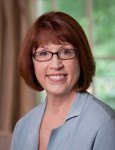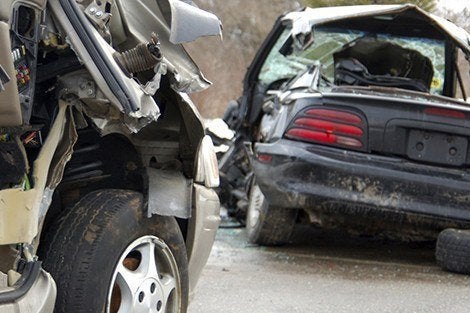Retired police officer Carl McDonald stopped many a weaving driver during his years on the force in Texas. He said the argument against drinking and driving was a lot harder to make before Jay Winsten, HSPH’s Frank Stanton Director of the School’s Center for Health Communication, rolled out the designated driver campaign in 1988.
“I would arrest people and they would complain, ‘Well, how am I supposed to get home? I live way out here and I went to the bar, blah, blah, blah. There’s no taxicabs, there’s no public transport,’” recalled McDonald, who now runs law enforcement initiatives for Mothers Against Drunk Driving (MADD). “The designated driver was the answer to that.”
According to Winsten, MADD had helped prepare the ground for the designated driver campaign with years of highly visible work against drunken driving. But by the mid-to-late 1980s, those gains had begun to slip.
The designated driver campaign quickly became a rallying point for communities, said McDonald. Tavern and bar owners would offer free sodas to anyone declaring himself or herself a designated driver. In one creative initiative, the Kansas State Police walked through bars in uniform and personally placed coasters with the “designated driver” message under the glasses of patrons.

“MADD adopted the designated driver message back then, and it’s now part of everything we say,” said MADD President Jan Withers, whose 15-year-old daughter died in a drunken-driving accident in 1992. Withers added that the campaign helped the organization move away from a “scolding” tone toward more positive and constructive rhetoric.
The designated driver campaign continues, as illustrated in a new partnership between the National Football League, MADD, and several alcoholic beverage companies. MADD representatives walk around football stadiums, engage groups of friends in conversation, and help them designate a nondrinking driver. That person will then get a wristband that not only stops the patron from ordering drinks at the concession stand but also enters him or her into a raffle for prizes.
Still, the message is not getting through to everyone. McDonald cited a 2013 Florida study, conducted in a college town the night before a big football game, which found that although 65 percent of designated drivers had no alcohol in their systems, 35 percent had something to drink. “We say, ‘Take that extra step and make sure you have a designated nondrinking driver,’ ” said Withers.
“We haven’t totally won the cultural war yet on drunken driving, but I think the evidence lies in the numbers,” McDonald said. Drunken driving deaths hover around 10,000 today, down from 26,000 in the early 1980s.
